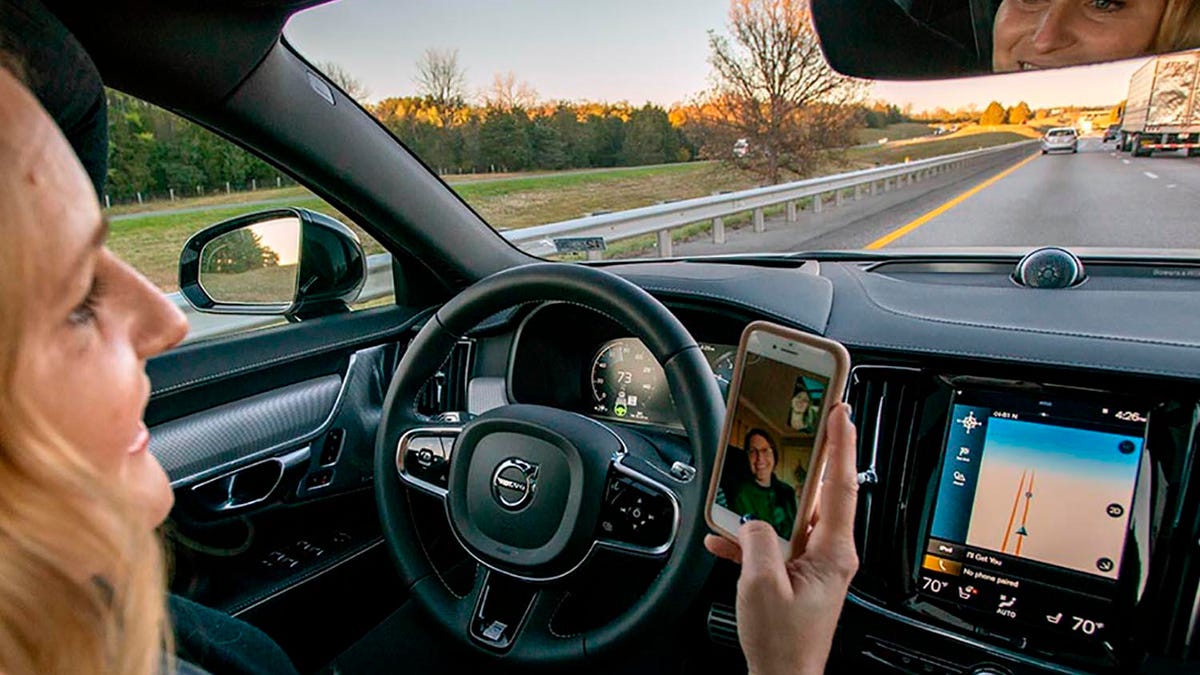Partially automated driver tech creates complacent drivers, study shows
The IIHS followed a group of 20 drivers for one month, and as they experienced lightly automated assistance technology, they let their focus slip.

Eyes on the road at all times, please.
There are no self-driving cars on sale today. There will not be any self-driving cars on sale tomorrow, no matter what Tesla's latest Full Self-Driving beta features roll out. As of right now, Level 2 driver assistance and partially automated technology is as good as it gets, and it still commands drivers to be ready at all times to take back total control.
But according to a new study from the Insurance Institute for Highway Safety on Thursday, drivers grow complacent even with the little automation available in cars today. That, my fellow drivers, is not a good thing. Why? Precisely due to the way these systems operate. As said, on the SAE scale of autonomy where 0 is no automation and 2 handles two tasks at a time, these systems do not cover all driver aspects. If they disengage, the driver absolutely must be ready to retake all controls.
To see how drivers become more comfortable, the IIHS followed a group of 20 drivers for one month and gave them one of two vehicles. The first was a Land Rover Range Rover Evoque that features adaptive cruise control (a Level 1 technology) and the others received a Volvo S90 with the brand's Pilot Assist system and adaptive cruise control. The technologies equate to Level 2 with the Pilot Assist system onboard, which keeps the car centered in its lane.
At first, the insurance industry-funded group saw no difference between how often they disengaged from driving, whether it was to fiddle with vehicle controls or to check their smartphone. In one month, the difference grew dramatically as they placed more faith in Volvo's Pilot Assist. The individuals were monitored specifically when they took their hands off the steering wheel completely, which happened twice as often in the Volvo than the Land Rover with just adaptive cruise control. They were 12 times more likely to take their hands off the wheel in the Volvo compared to driving manually.
For those in the Land Rover, they too became more likely to look at or pick up their phones , but they did not interact with their phones in ways known to cause more crashes. The IIHS said this underscores a major difference for those using adaptive cruise control and a more advanced, but still not fully automated, system.
The study further supports the IIHS' call to develop how these new technologies monitor drivers to ensure they pay attention while they use the system. While the European NCAP authorities launched a ratings system precisely for this, the US has not.

